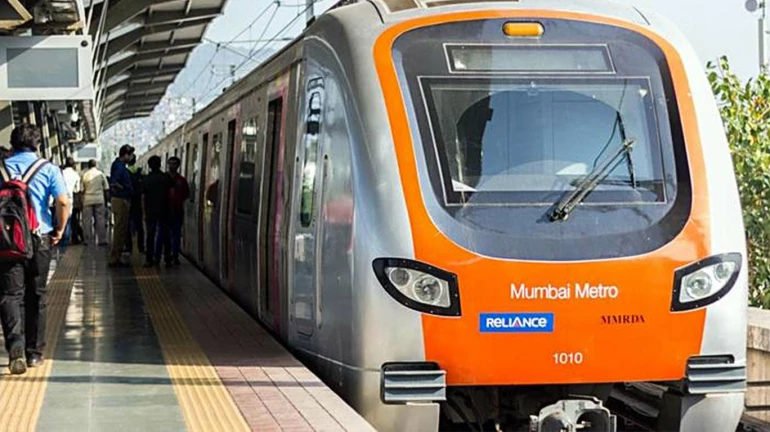
A new analysis conducted by the World Resources Institute (WRI) India has shown that the upcoming Metro lines in Mumbai, such as lines 2A (Dahisar-DN Nagar) and 7 (Dahisar East-Andheri East) can create up to 1.1 million jobs in the city provided the station areas and the surroundings are planned and executed correctly.
This comes after months of lockdown and revenue losses has led to high unemployment among individuals. The analysis by WRI India was conducted by taking the 2014 Economic Census of the Central Government into account. This census maps the establishments located across India.
The analysis goes on to mention that 1.4 million jobs are situated within a 1-kilometre buffer of lines 1 (Versova-Andheri-Ghatkopar), 2A, and 7. Although Metro 1 and the accompanying western suburban network have a job density of 26,000 jobs per square kilometre, Metro 2A and Metro 7 offer 10,500 and 20,700 jobs per sq km respectively.
WRI India’s report went on to say, “If we consider the average number of jobs per kilometre, located along the western suburban railway line, and assume a similar number of jobs could be accommodated along Metro lines 2A and 7, then an additional 1.1 million more jobs can be attracted in these areas alone.”
Also read - Mumbai Metro 2A And Metro 7 Routes To Be Operational By May 2021
Speaking on the findings, Director of WRI India Ross Centre, Madhav Pai said - “The analysis clearly indicates the massive potential to create more jobs in the city around the upcoming infrastructure by applying the principles of transit-oriented development. This needs good long-term co-ordinated planning and implementation. For instance, with three lines intersecting at Dahisar, the suburb can be developed as a jobs hub in the future.”
In order to realize these goals, the analysis mentions that the regions around the metro stations should be developed with a strong street network accompanied by transit-supportive land uses as well as adequate housing facilities and cultural institutions.
Read - Mumbai Metro One Adds 24 New Trains To Avoid Overcrowding
The report also emphasizes the need to strengthen last-mile connectivity for commuters along with vibrant public spaces close to the stations and integrated ticketing systems.
A senior official from the Mumbai Metropolitan Region Development Authority (MMRDA) said that some of these plans are being considered. “We are looking at transit-oriented development around metro stations. We also have a multi-modal integration plan for each of the upcoming metro stations,” the official said.
Also read - CIDCO Foresees Navi Mumbai Metro Starting Operations By Dec 2021





